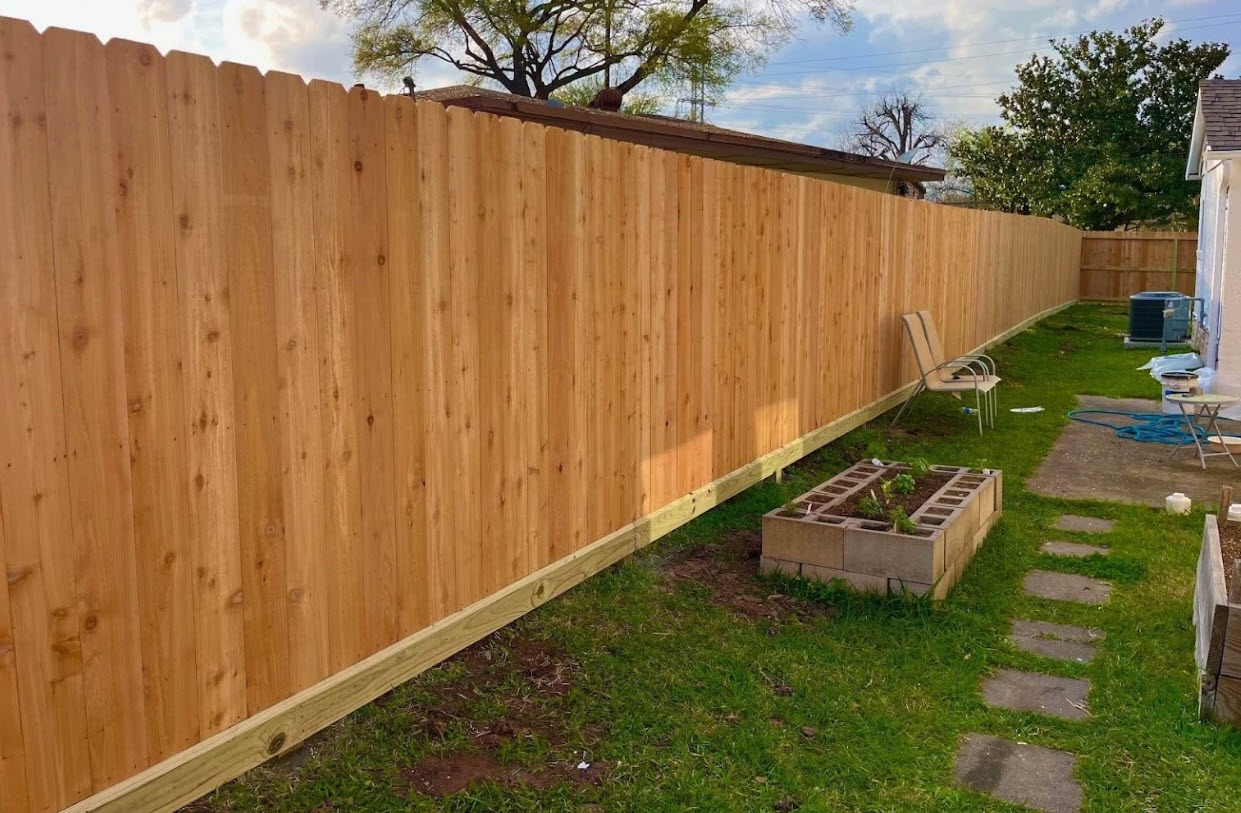As the Schindler House turns 100, a new exhibition reexamines its complex legacy
The history of Rudolph Schindler’s 1922 dwelling is a quintessential Los Angeles tale: a story of new tips that are quickly devised and swiftly dismissed, only to reemerge yrs later as pioneering and influential.
Crafted on an empty good deal at 835 N. Kings Street in West Hollywood, then a scrubby unincorporated suburb of L.A., the Schindler Household was indoor-outside and open system a long time in advance of these had been a factor — an intersecting sequence of multipurpose “studiorooms” that spilled into courtyards via sliding doorways. The incredibly Do-it-yourself affair consisted of tilt-up concrete panels that two males could put into spot with rope and a hoist. In simple fact, Schindler and his good friend, engineer Clyde Chace, did some of the function themselves. Then, they and their wives, Pauline Gibling Schindler and Marian Chace, respectively, moved in.
The home’s ground breaking characteristics — its tough-hewn aesthetic and consideration to place — gained Schindler the admiration of fellow architects and a clutch of adventurous patrons, but it was generally disregarded by the U.S. architectural establishment. For decades, the home was extra cult strike than fan most loved. “Schindler is an architect’s architect,” Los Angeles critic Esther McCoy wrote in 1945.
For a time, it appeared he was destined to keep on being just that. When Schindler died in 1953, his (pretty quick) obituary in The Instances made point out of the mechanical-looking seaside dwelling he’d created for wellness guru Philip Lovell in Newport Seashore — but not the avant-garde home he experienced built for himself.
A century later on, the story has appear total circle.
As David Gebhard and Robert Winter season wrote of the Schindler Home in the 2018 version of “An Architectural Guidebook to Los Angeles,” “It is a vintage in Modern architecture, and we use the term sparingly.”
Evoking things of conventional Japanese layout and Viennese Modernism (Schindler was born in Austria), the property — with its flat roof and sliding doorways — helped place the way for domestic architecture in the United States.
Marking its centenary is a new exhibition arranged by the MAK Center for Art and Architecture that capabilities an array of community systems, such as lectures, performances, audio excursions, “edible” poetry and even an opera. Curated by MAK Middle Director Jia Yi Gu, Gary Riichirō Fox of the Getty Analysis Institute and historian Sarah Hearne, “Schindler Property: 100 Several years in the Making” brings alongside one another, inside of Schindler’s household, art, artifacts and objects that talk to its legacy.
This is not an exhaustive historic study. (For that, it is really greatest to find the enlightening catalog for “The Architecture of R.M. Schindler,” a comprehensive evaluation of Schindler’s work displayed at the Museum of Present-day Art Los Angeles in 2001.) The MAK present serves extra as a meditation on numerous themes, including L.A. in the early 20th century, the home’s part as a collecting web site and the way it has advanced above the decades.
The exhibition follows an additional modern Schindler House-inspired display, “835 Kings Highway,” curated by Silvia Perea at the Art, Design & Architecture Museum at UC Santa Barbara (which holds Schindler’s papers). That exhibition, which concluded in May, highlighted a fictional installation by artist Mona Kuhn, with a soundtrack by Boris Salchow, encouraged by Schindler’s passionate existence and the home’s bohemian vibe.
In its working day, Schindler’s property was certainly the occurring location for L.A.’s radical established.
Much of this was many thanks to Pauline, a composer and author who made use of the home as a stage. There ended up salons, poetry recitals and dances — at minimum a person of which, to the horror of neighbors, transpired in the nude. After the Chaces relocated to Florida in 1924, their studios have been occupied by figures these kinds of as composer John Cage and collector Galka Scheyer. When fellow Austrian architect Richard Neutra moved to Los Angeles in the 1920s, his to start with home was the Schindler Property.
Famously — or alternatively infamously — Schindler and Neutra had been pals and collaborators till their connection was ruptured by conflict around a fee, a several years-extended schism that arrived to an finish in 1953 when the two, purely coincidentally, finished up sharing a clinic place. Neutra was recovering from a coronary heart assault, and Schindler was remaining handled for the cancer that would assert his life that calendar year.
He was 65 when he died, an age at which several architects are just finding began.
“Schindler Residence: 100 Many years in the Earning” opens with a massive-scale reproduction of a manuscript site by McCoy that information facets of the home’s restoration in the 1980s underneath the auspices of the Close friends of the Schindler Home, a not-for-revenue team that took on the residence soon after Pauline’s death in 1977. (At the moment, the residence is owned by the Mates but its programming is overseen by the MAK Middle.)
McCoy, who experienced worked in Schindler’s studio, was crucial to preserving his legacy — masking his perform in quite a few dispatches and together with him in her influential 1960 guide, “5 California Architects.” Her manuscript website page speaks to the strategies a structure, alongside with its meanings, can evolve. Above its background, the Schindler Property noticed spaces renovated, canvas-lined doorways replaced with glass and some of its walls painted pink.
Yes … pink.
This fairly notorious act of redecoration came courtesy of Pauline following she and Rudolph experienced split but ongoing to share the residence.
An installation by artist Stephen Prina in the exhibition nods to this tale. It is made up of a shelving construction, painted a radiant pink, that emerges at a outstanding angle from a corner of the studio at the time inhabited by Pauline. Prina originally established the piece as component of a massive 2011 set up at the Los Angeles County Museum of Art that highlighted a lot of re-creations of Schindler-intended objects painted in the identical pink.
Architecture, it turns out, is never a static point.
It can be straightforward to wax intimate about Schindler and the concepts and artists that impressed his namesake house. He was a Viennese Modernist enamored with the attract of the Americas, the place he arrived in 1914 and immediately absorbed his adoptive country’s broad-open up spaces and homegrown traditions.
Schindler worked in Frank Lloyd Wright’s Chicago place of work in advance of relocating to Los Angeles, in which he oversaw design of Wright’s hilltop house for heiress Aline Barnsdall (now recognised as the Hollyhock Residence). On the drive west, he built a formative detour to Indigenous pueblos all-around Taos, N.M., which he afterwards explained as “the only buildings [in America] which testify to the deep feeling for soil on which they stand.”
These influences are mildly obvious at the Schindler Home, with its concrete slab partitions that gently taper at the top, evoking the tilting contours of Indigenous adobes. (The display incorporates photographic images taken by Schindler all through his sojourn in New Mexico.)
Schindler was affected by Wright, but he hardly addressed his tips as gospel. In which Wright was official and rigid, Schindler was nearly anything but — each in his designs and in his individual. In shots, he is normally decked out in ensembles that evoke the look of a dapper Spanish peasant: white trousers, white shirt with splayed collar and hair coiffed into a snappy pompadour.
An even more immediate inspiration was a camping excursion to Yosemite: The home’s style and design contains outdoor sleeping porches on the 2nd tale, dubbed “sleeping baskets,” that ended up topped only by a sheet of canvas.
These buildings are fantastically evoked in an ethereal courtyard pavilion — a structure of wooden and billowing gauze — that was made for the exhibition by Austrian architect Jakob Sellaoui.
MAK’s exhibition neatly recasts some of these dreamy accounts, which elide some of L.A.’s uglier historic episodes.
The land on which the Schindler Home sits was obtained in part from a decide and genuine estate developer who experienced served in the Confederate cavalry all through the Civil War and routinely hosted situations for the United Daughters of the Confederacy. When the plot was bought to Schindler, the deed bundled a covenant that prohibited the residence from being “leased, marketed, devised or conveyed to, or inherited by, or or else getting to be the home of, any man or woman other than of the Caucasian race.”
That deed and other enlightening historical documents have been re-produced by artist Kathi Hofer and exhibited on the partitions and in vitrines about the home.
Alongside with associated artworks, these assist rewrite the narrative about the European Modernists performing in Southern California — that L.A. made available them freedom and oodles of empty place in which to get the job done out their suggestions.
The area was hardly ever empty. It was, in actuality, pretty fraught.

The exhibition is an option to take into consideration the forces that shaped the Schindler Dwelling. It really is also a possibility to revel in the home’s aesthetic pleasures. One of the much more beguiling installations is a luminous architectonic piece by Andrea Lenardin Madden impressed by the home’s slender vertical windows it gives the illusion she has added more windows to the space.
The centennial also marks a minute to think about the dwelling by itself.
The household is exhibiting its age, with cracks working by way of floors and woodwork that is decaying. (Good friends of the Schindler Household has released a $1-million campaign to get repairs finished, of which it has elevated about $100,000.)
Inspite of the wrinkles, Schindler’s idea stays suitable — some thing to draw from as L.A. finds itself in a housing crunch.
The property was conceived as a multifamily dwelling, developed so that the Schindlers could occupy a pair of studios on the southern side of the house though all those on the north were being turned about to the Chaces (and their successors). In between the studios lay a kitchen area and a visitor condominium.
The strategy was that just about every person — male and female — would have house in which to dwell and function and that the kitchen area would be shared. It’s what we now would refer to as co-housing. It was also remarkably gender-egalitarian for the era.
Ultimately, the Schindler Dwelling is deeply of its location.
“I arrived to stay and work in California,” Schindler wrote in the year ahead of his demise. “I camped below the open up sky, in the redwoods, on the seashore, the foothills, and the desert. I tested its adobe, its granite, and its sky. And out of a very carefully constructed up conception of how the human getting could increase roots in this soil — exclusive and delightful — I constructed my house. And until I unsuccessful it should really be as Californian as the Parthenon is Greek and the Discussion board Roman.”
It could exist nowhere but California. “Schindler Dwelling: 100 Several years in the Generating” is a thoughtful way to get reacquainted with the icon that quietly resides in our midst.
This tale at first appeared in Los Angeles Situations.







